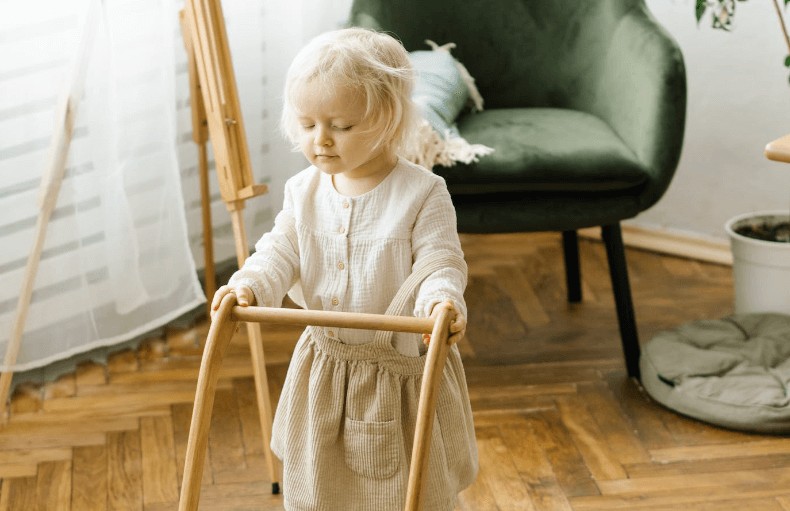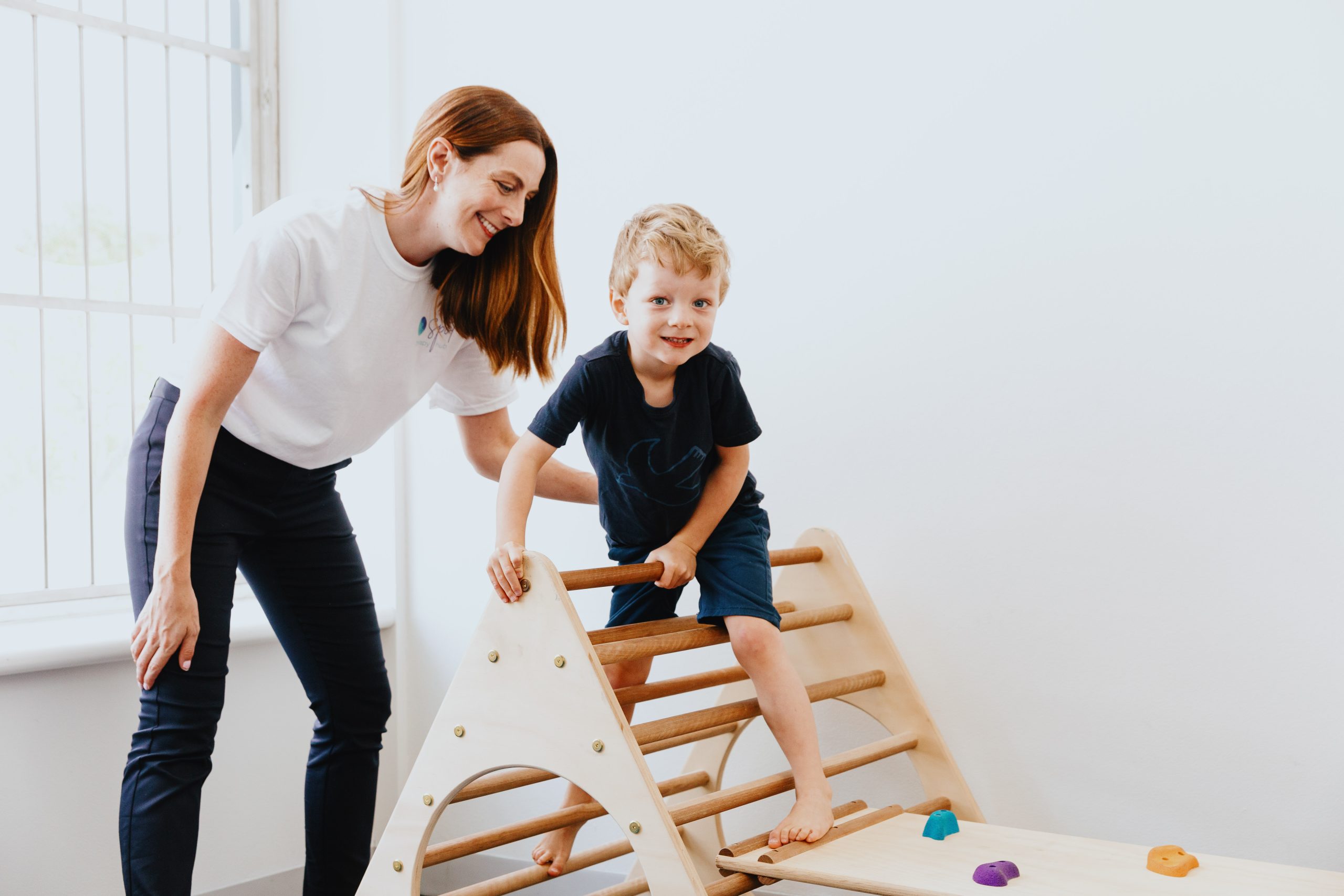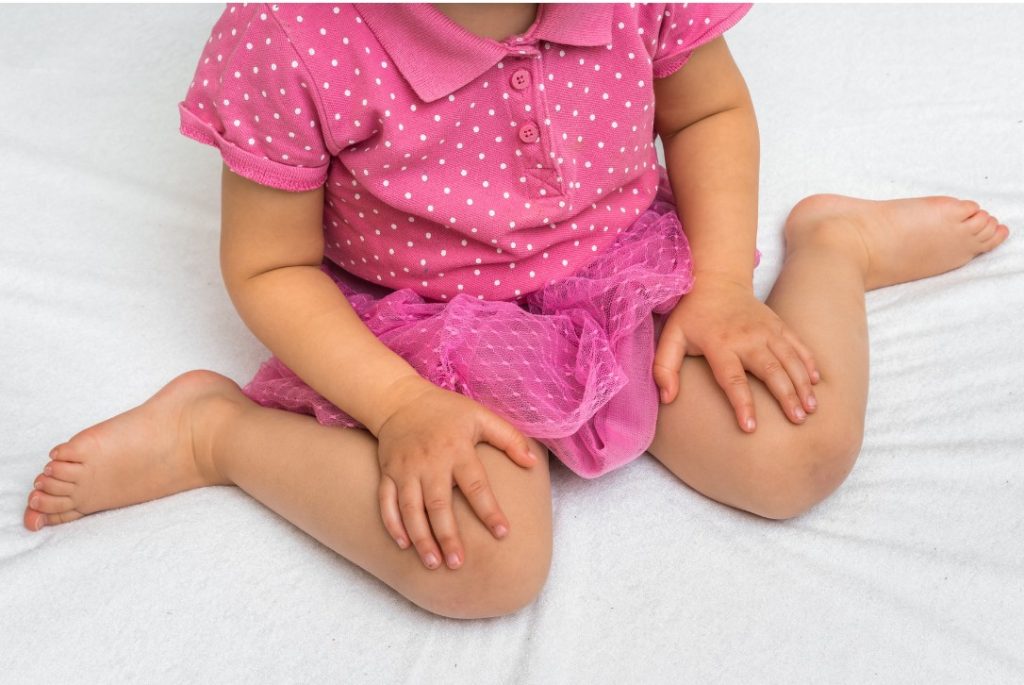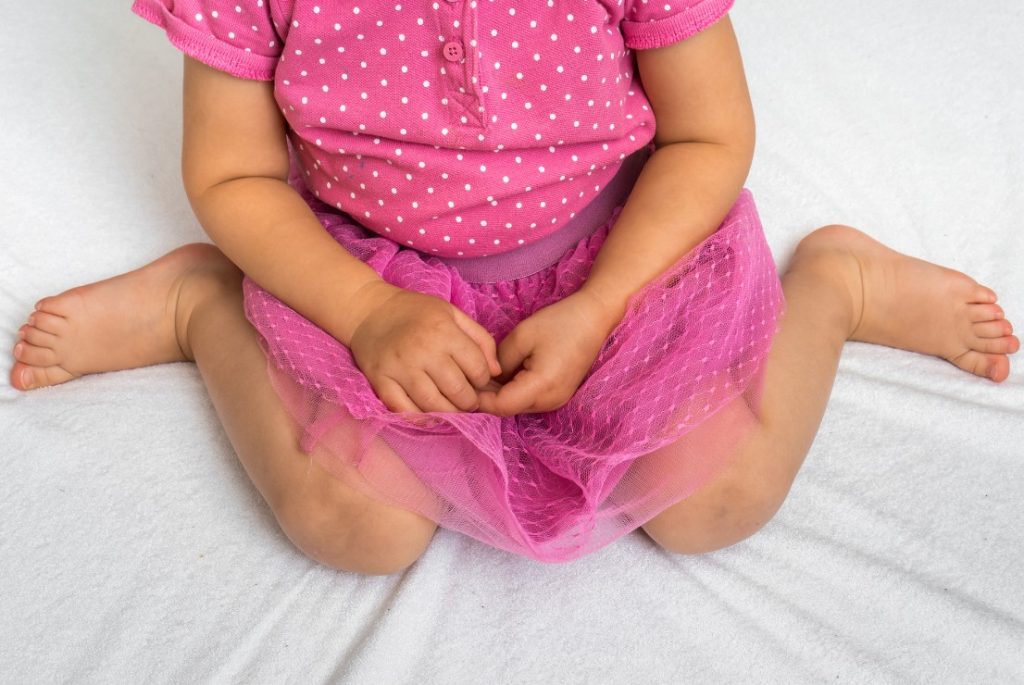


Have you ever noticed your child sitting in a ‘w’ position? To further explain a ‘w’ position is when a child sits on their bottom with their knees bent and feet positioned outside of their hips, with toes pointing outwards. From a birds-eye point of view, you will see the position looks like a ‘w’.
Or maybe you caught Brittany Spears iconic album picture of ‘Baby one more time’ where she is sitting in a ‘w’.


What is it?
‘W’ sitting is a sitting position we often see children transition through when engaged in floor play. Some children who are frequently w sitting will often assume this position for added trunk and hip stability to allow for easier movement at a low centre of gravity to allow them to use their hands and arm freely when playing with toys. When in the position the child is securely planted in place through the bodies trunk. As we know children LOVE to play!
More commonly we particularly see this position in children with lower muscle tone, hypermobility (flexible joints) or reduced strength in their core muscles. Often enough, at times we see w sitting in children as a habit and sometimes tight hip muscles.
Why is it a concern?
When playing in other sitting positions children have the opportunity to assume different postures and develop gross motor strength including truck control and rotation. Why are these so important? Trunk strength, control and rotation are necessary when crossing our bodies midline (when we move our arm or leg across the middle of our body to perform a task) which is skills needed to develop refined motor skills and establish dominance.
Prolonged and long term ‘w’ sitting in children will increase the likelihood of:
What strategies should you use if your child is sitting like this?
Providing alternative sitting positions to your child can increase variety, while at the same time working those important gross motor movements.
Try encouraging your child to sit in these positions:
Other sweating options you can provide are:
Most importantly get your child moving! Games like twister, obstacle courses, balancing and even Yoga.
What should you do?
If you notice your child sitting favouring ‘w’ sitting, you can seek a further assessment from an occupational therapist. An occupational therapist will explore other combination symptoms like low tone, mobility, balance and coordination skills and delays in fine motor skills.